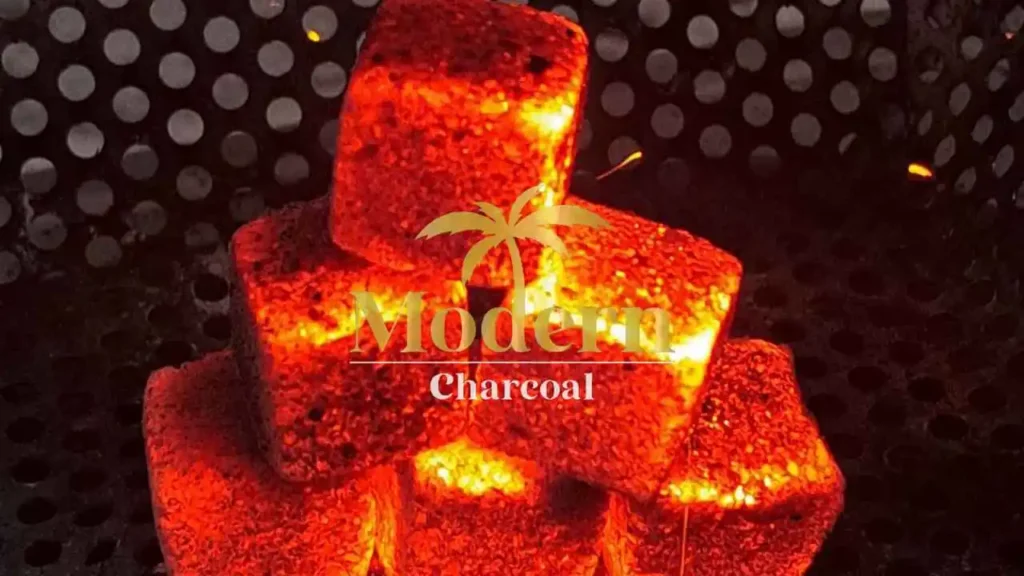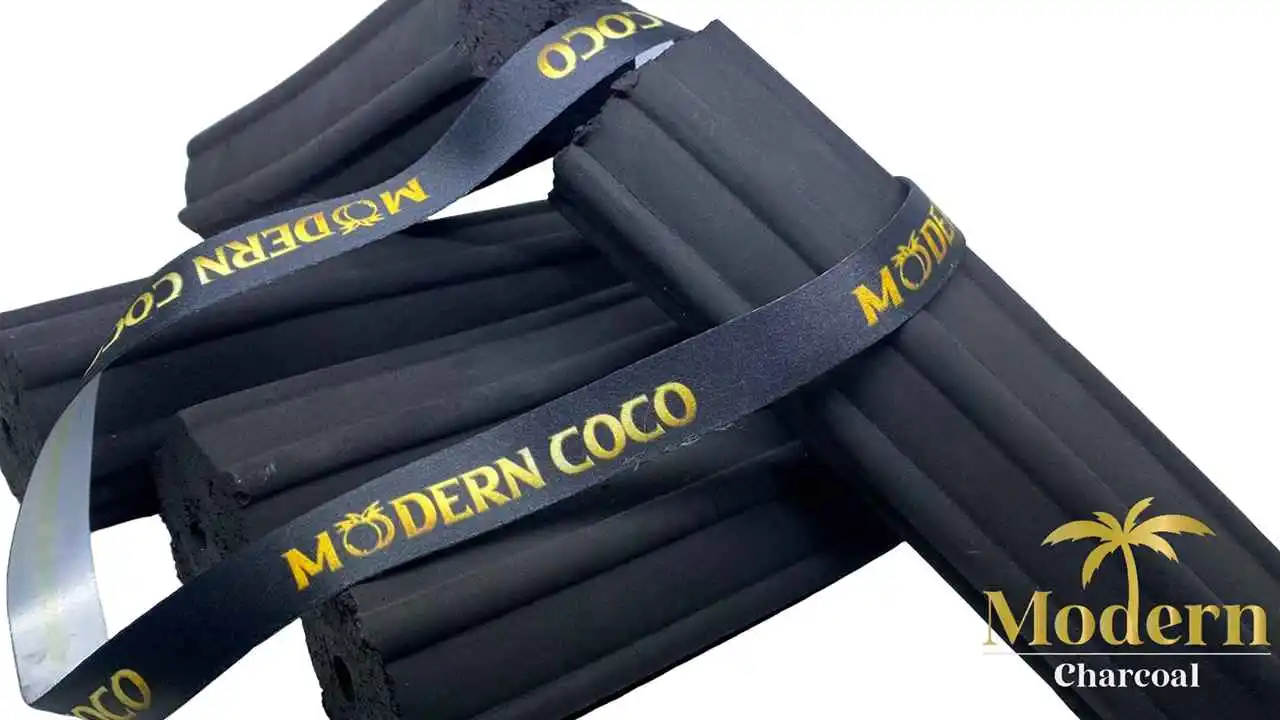Shisha charcoal in the world of traditional and modern smoking practices, shisha stands out as a cultural phenomenon that transcends borders. Central to the shisha experience is not just the tobacco or the meticulously designed water pipes but the heart of the operation: shisha charcoal. This article explores the allure of shisha charcoal, shedding light on its cultural significance, manufacturing process, and the unique sensory experience it offers to enthusiasts around the globe.
The Cultural Tapestry of Shisha Smoking
Shisha smoking, also known as hookah or waterpipe smoking, has its roots deeply embedded in Middle Eastern culture. It is a tradition that dates back centuries, evolving from a social pastime into a global phenomenon. The practice has spread far and wide, finding a place in the social fabric of diverse communities. Central to the ritual is the use of charcoal, a tradition that has remained unchanged despite the evolution of shisha apparatus and flavors.
In recent years, coconut shisha charcoal has emerged as a popular and environmentally friendly fuel alternative for hookah smoking. This type of charcoal is made from the shells of coconuts, a byproduct of the coconut industry that might otherwise be discarded. Through a process that includes drying, carbonizing, and compressing, these shells are transformed into high-quality charcoal that is widely prized among shisha enthusiasts for its numerous benefits. This article delves into the definition, production process, and advantages of coconut shisha charcoal, shedding light on why it has become a preferred choice for hookah sessions.
The Craft of Charcoal Making
The allure of shisha charcoal begins with its creation. Traditional charcoal, often made from coconut shells, bamboo charcoal, or lemonwood, is preferred for its natural composition and the ability to burn cleaner and longer than its quick-light counterparts. The process of making shisha charcoal is an art in itself, involving carbonization of the wood at high temperatures in the absence of oxygen, followed by a meticulous shaping and drying process. This painstaking attention to detail ensures that the charcoal ignites evenly and sustains a consistent heat, crucial for a smooth shisha experience.
The Sensory Experience
The choice of charcoal significantly impacts the sensory experience of shisha smoking. High-quality shisha charcoal offers a clean, odorless burn, ensuring that the flavor of the tobacco is pure and unadulterated. The gentle crackle of the charcoal as it heats, combined with the aromatic blend of shisha tobacco, creates an immersive experience. The warmth of the smoke, the visual appeal of the glowing coals, and the communal aspect of passing the hose contribute to the allure of shisha smoking.
Environmental and Health Considerations
While the charm of shisha charcoal is undeniable, it is also important to address the environmental and health implications of charcoal production and use. Sustainable practices in charcoal production, such as using renewable resources and ensuring efficient carbonization processes, can mitigate some environmental concerns. Additionally, while shisha smoking is a cherished social tradition, awareness of the health risks associated with tobacco and smoke inhalation is vital.
Conclusion
The allure of shisha charcoal lies not only in its ability to transform the shisha smoking experience but also in its cultural significance and the craftsmanship involved in its production. As we explore the charm of shisha charcoal, we are reminded of the rich traditions that it represents and the sensory journey it offers. Whether you are a seasoned shisha enthusiast or new to the experience, the unique charm of shisha charcoal is sure to captivate.



